 | 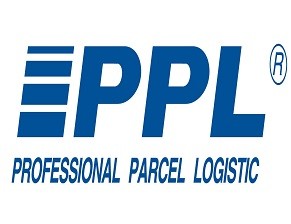 |  |
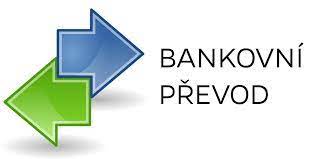 |  | 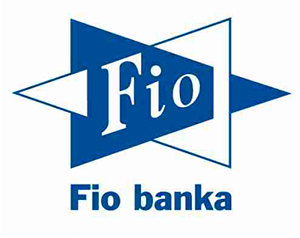 |
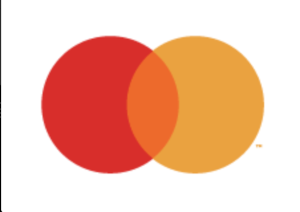 |  |  |
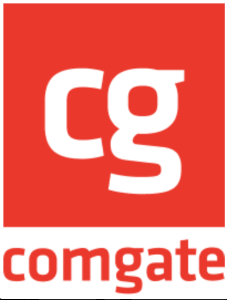 |
Digital Devices Max M4 Multituner TV Card - the all-rounder for satellite, cable or terrestrial reception
A 4-fold multi-band tuner HD TV Card / Tuner Card for the PCIe Slot for the following reception types:
- DVB-S(satellite tuner)
- DVB-S2 (satellite tuner)
- ISDB-S (satellite tuner)
- DVB-C (cable tuner)
- DVB-C2 (cable tuner)
- ISDB-C (cable tuner)
- J.83 (cable tuner)
- DVB-T(terrestrial tuner)
- DVB-T2 (terrestrial tuner)
- ISDB-T (terrestrial tuner)
The Digital Devices Max M4 is a multi-tuner TV card. It has the capabilities of digital reception for satellite (DVB-S / S2 / ISDB-S), cable (DVB-C / C2 / ISDB-C / J.83) or terrestrial (DVB-T / T2 / ISDB-T).
The reception of SD to Ultra HD modulated channels on the transponders of the provider is no problem for the M4. Due to the low power consumption of ~ 7 watts, the card works very economically. The Max M4 Multituner card comes in Full Profile Format (full height) with corresponding bracket.
The choice of reception is done dynamically. The Max M4 has four individual front ends, depending on the tune request, the card switch automatically to a free cable, satellite or terrestrial tuner. Through the dynamically switching, a reprograming of the receiving mode during operation is not needed. Thus a DVB-C or DVB-T2 connection can be used for bad weather alternative with disturbed SAT reception, in order to keep a running operation.
Receive stations from different sources, such as SAT and terrestrial, without investing in different receiving systems. If not only satellite, but also cable TV should to be received at a location(for example for local channels), this is now possible without any problems with the Max M4.
For operation with a standard satellite receiving system (star cabling), you need a cable for each DVB-S tuner to the Max M4, thus also the card can be used with full DiSEqC support. Likewise, the use of Unicable I (EN50494) and Unicable II / JESS (EN50607) systems is easily possible. To supply the individual SAT tuners with a Unicable signal, the SAT inputs of the card are connected to the Unicable system by a Unicable splitter.
For operation on a cable provider or terrestrial antenna, only one cable from the DVB-C wall socket or antenna is needed. The signal is internally distributed to the tuner, thus no splitter parts are needed.
In the field of data analysis, you now receive the data from one source from different reception types, e.g. Advertising analysis, time offset, data rate of individual transmissions. Also the dynamic switching of the required reception type offers advantages, becuase a changing is immediately possible.
The hardware design of the card allows an operation in the 24/7 envoirement for professional and home use. Thanks to the use of high-quality components, such as ceramic capacitors and the absence of environmentally hazardous substances, the Max M4 ensures a long lifetime even with permanent use of the hardware.
The Digital Devices Max M4 can be extended with an Octopus Single-CI or Octopus Twin-CI card via an additional PCIe slot and of course also other connected Flex-CI modules from Digital Devices can be used.
Drivers for Windows XP, Windows 7, Windows 8 (.1) as well as Windows 10 and Linux.
- Satellit characteristics
- Up to 46 MSymbols DVB-S2, QPSK, 8PSK
- LNB Power: 4 * max. 19V, 1A pulse current, 500mA continuous current, overcurrent protection, short-circuit protection
- L-Band: 950 MHz to 2150 MHz
- DVB FEC: (Auto Spectral Detection)
- Modulation: QPSK/8PSK
- Full DiSeqC 2.X support
- DVB-C characteristics
- Frequency range: 51-858 MHz
- All modulations according to DVB-C specification
- Symbolraten von 0,87 bis 6,9 MBaud
- Sensitivity: 47dbµV (64QAM), 47dbµV (256QAM)
- DVB-C2 characteristics
- Demodulation
- 16, 64, 256, 1024, 4096 QAM
- 2/3, 3/4, 4/5, 5/6, 8/9, 9/10 Code Rates
- 1/64 and 1/128 Guard Intervals
- 8 MHz and 6 MHz channel bandwidths
- Data Slices Types 1 & 2 supported
- Data Slice width up to 7.61 MHz
- Stream processor for automatic common-PLP
and data-PLP combination
– FEC Header Type
– Robust mode
– High Efficiency mode - Notch Support
- Narrowband and broadband notches
- Reception of narrow channels down to 2 MHz between broadband notches
- Time interleaving modes 4, 8 symbols and ‚best fit‘
- DVB-T/T2 characteristics
- Frequency range: 49-861MHz, 2k&8k OFDM
- All modulations according to DVB-T and DVB-T2 specification
- Sensitivity: -83,0dBm bei 16-QAM&3/4
- ISDB-T characteristics
- Conforms to ARIB STD-B31
- 6 MHz,7 MHz and 8 MHz BW support
- Excellent phase noise resistance
- Excellent multipath equalization performance
- Automatic detection of mode/guard interval lengths
- EWS (Emergency Warning System) flag output
- Standard connectors
- PCI Express
- Sat-F connector (support possible required, requires power supply to LNB)
- IEC connector (Input)
- 20-pin socket for flat-ribbon cable to connect to Octopus NET
- Unicable compliant
- SCR / Cenelec EN 50494 (Unicable®)
- CENELEC EN50607
- Green IT
- RoHS compliant
- WEEE DE 99353762
- Power consumption
- DVB-T2: 8,6 watts (worst case -80dBm QAM256 7/8)
- DVB-C: 7 watts
- Notice: active cooling required, passive cooling is not enough
- Supported operating systems
- Linux (Kernel 2.6.34 and higher)
- Microsoft Windows® XP (SP3)
- Microsoft Windows® Vista
- Microsoft Windows® 7 (32/64 Bit)
(incl. Windows® Media Center) - Microsoft Windows® 8 (32/64 Bit)
(incl. Windows® Media Center) - Microsoft Windows® 10 (32/64 Bit)
- System requirements
- Dual Core Intel® or AMD® CPU
- 512 MB RAM
- 1x PCIe slot (x1 up to x16)
- Dimensions
- H 104 mm, L 111 mm, D 15 mm






